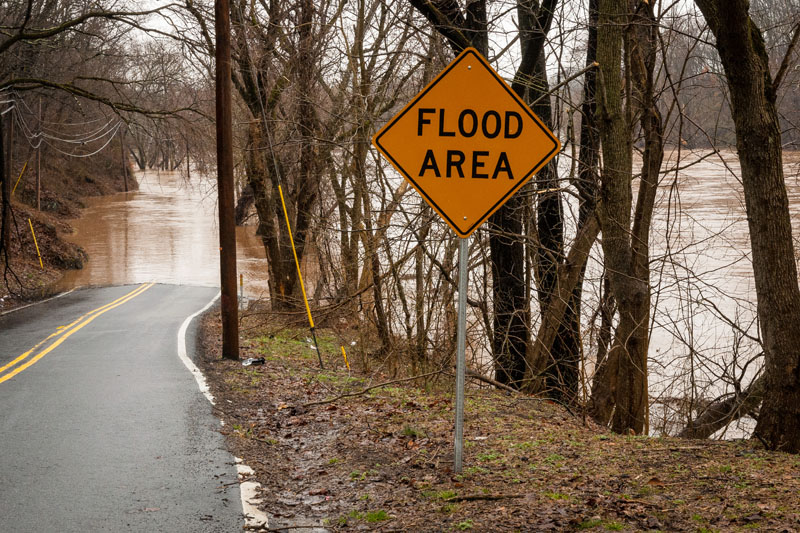The U.S. Environmental Protection Agency (EPA) approved the Metropolitan Sewer District of Greater Cincinnati’s plan to modify its Clean Water Act consent decree. The new plan utilizes green infrastructure and sewer separation in place of a deep-tunnel project. The district expects to save more than $150 million and prevent more than 5.7 billion L (1.5 billion gal) of stormwater and sewer overflows from reaching local waterbodies and the Ohio River.
Announced by EPA on June 3, the new agreement includes a green corridor and constructed channel to convey stormwater runoff to Mill Creek, preventing flooding and beautifying the Fairmont neighborhood. EPA’s Integrated Municipal Stormwater and Wastewater Planning Approach Framework also allows the district to prioritize projects. The district’s evaluation and planning process will help it identify the most cost-effective and beneficial strategies on a project-by-project basis. The first phase of projects is scheduled for completion in 2018. Read more.
Not far away, on the shores of Lake Michigan, the Milwaukee Metropolitan Sewerage District is working on achieving zero sewer overflows by 2035. Milwaukee, with the first-ever wastewater discharge permit to mandate green infrastructure, will utilize low impact development with a draft plan that calls for 2.8 million m3 (740 million gal) of green infrastructure capacity. This is equivalent to capturing the first 12.7 mm (0.5 in.) of rain.
Milwaukee constructed a deep tunnel in 2004, which reduced but has not eliminated combined sewer overflows (CSOs). According to news sources, Milwaukee currently averages 2.4 CSOs per year, down from 50 to 60 before the tunnel, which has a 2-million-m3 (520-million-gal.) capacity. Milwaukee is looking to green infrastructure to keep stormwater out of sewers and prevent the need for additional storage.
The green infrastructure plan will cost an estimated $1.29 billion, which is comparable to the amount spent on the deep tunnel. However, the green infrastructure elements are estimated to have 1.4 times the capacity of the tunnel.
Like Cincinnati, Milwaukee is coupling its green infrastructure plans with sewer upgrades. Milwaukee will repair private sanitary sewer laterals, reducing infiltration and inflow that reaches combined sewers. This 10-year, $62 million program will cover 28 communities in Milwaukee Metropolitan Sewerage District’s service area.
For more on Milwaukee’s current green infrastructure programs, check out this 2012 year-in-review video.





